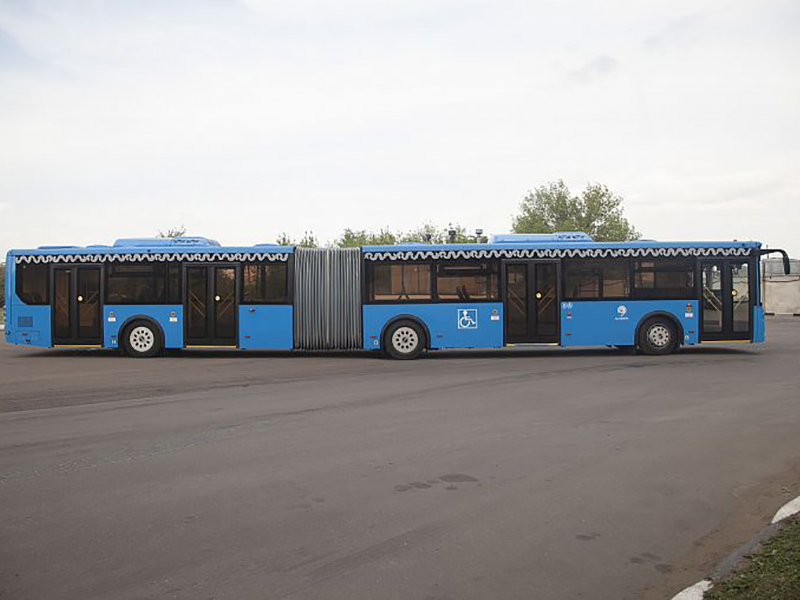- cross-posted to:
- europe@lemmy.ml
- collapse@lemmy.ml


- cross-posted to:
- europe@lemmy.ml
- collapse@lemmy.ml
cross-posted from: https://feddit.it/post/6569904
It’s not a typo: plug-in hybrids are used, in real word cases, with ICE much more than anticipated.
In the EU, fuel consumption monitoring devices are required on new cars. They studied over 10% of all cars sold in 2021 and turns out they use way more fuel, and generate way more CO2, than anybody thought.
The gap means that CO2 emissions reduction objectives from transport will be more difficult to reach.
Thruth is, we need less cars, not “better” cars.

That doesn’t mean what you think it means:
“For plug-in hybrid electric vehicles, the real-world CO2 emissions were on average 3.5 times higher than the laboratory values, which confirms that these vehicles are currently not realising their potential, largely because they are not being charged and driven fully electrically as frequently as assumed.”
This is mostly an infrastructure issue. If these cars had readily available charging points, that wouldn’t be the case.
It means exactly what I think it means. The reported emissions are way off those that are actually achieved in real life.
If we assume your assertion is actually correct (the study says nothing about the availability of charging infrastructure), how much do we need to build? And are we sure that once it is built, people will actually use it? Would it not be better to instead invest in infrastructure for other modes of transport that don’t involve 2 tons of vehicle to transport one person?

Well, my point was that hybrid cars only will “realize their potential if there’s infrastructure to support it”.
Your point is good though: We should use pragmatism and review if it’s cheaper to build charging points or expand public transportation, especially in non-urban scenarios.
What I often see missing in most places that does exist in Eastern Asia, are services from shops to bring you stuff home relatively cheaply and with better quality than just throwing a package in your lawn.
I’m also not seeing public transportation projects trying to compete with traditional options, which does happen in Eastern Asia.
I’ll choose the car unless public transportation is a better option.
In Tokyo, that’s almost never the case, but in EU or the US, I’ve often seen public transportation (except from some selected cities) as an option for people without a car.

If these cars had readily available charging points, that wouldn’t be the case.
If you live low enough you have multiple 230V 16A charging points

Better car:


Completely off-topic - was scrolling past on Kbin and the image for the thumbnail reminded me of this stupid meme from years back

I’m not disputing the results, but I would be really interested in a follow-up study that looks at why. From this data it would seem that only 10% or so of people with plug ins actually use the plug, which seems really odd. You have to pay massively more for it, and at least anicdotaly the dealers will try and steer you away from them allmost as hard as they do EVs. Given plug ins are often more expensive than both traditional hybrids and EVs, it seems really odd to spend a lot of money on somthing and then waste even more money to not use it.
Given the small battery size any wall outlet will charge them fine, which would seem to rule out infrastructure. So why does it seem that almost everyone who goes through the trouble and cost of getting one apparently not using it?
The only thing I can think of would be people believing that european electrical prices are higher than fuel prices, but while european electricity prices are higher so are gas prices.
It could be due to subsidies encouraging people to buy hybrids and people just ignoring the plug in feature. There’s more discussion on this here

So you think the EU study was almost exclusively looking at places where the subsidy actually came close to covering the price difference between Plug In’s and traditional hybrids? And people just ignore the plug because plugging your car into a normal wall outlet is too much bother to save five hundred to a thousand dollars a year?
With a quick google I’ve found that subsidies for plug in hybrids can be around €5,000, and yes I do believe that people would be lazy enough to not plug it in. I’m not sure how many dollars one would save by doing this in Europe anyway.
But also, it’s just a suggestion, I’m not asserting that this is definitely true.

A quick google also shows that for instance the price difference between the Hyundai Ionic hybrid vs plug in was about €6000 so while thouse subsidies would come close to covering the difference you would still be paying more to then pay even more by not plugging it in.
I also really don’t think 90% of people are willing to throw that many hundreds of euros away just to avoid the few seconds it takes to plug something in.
